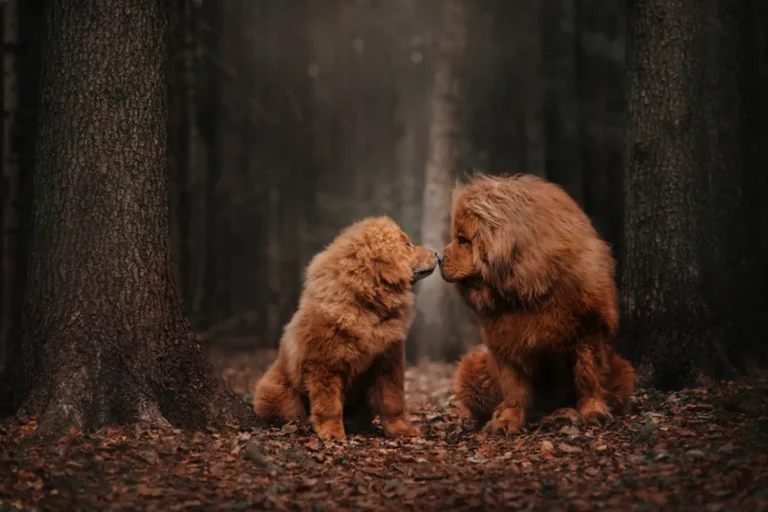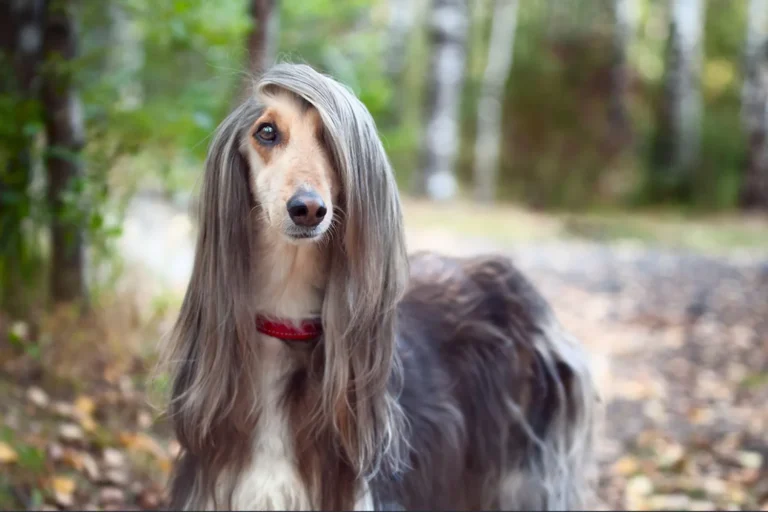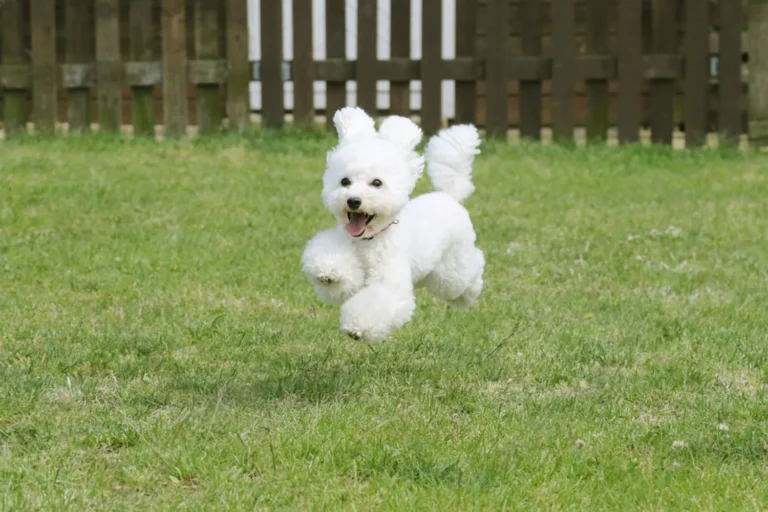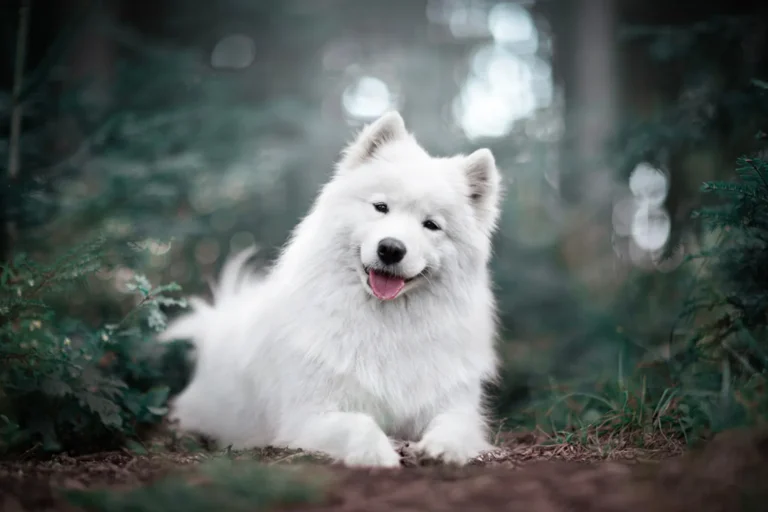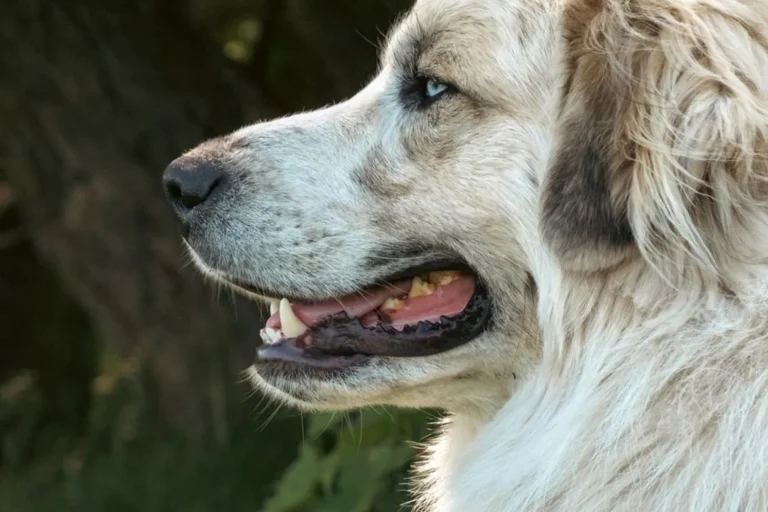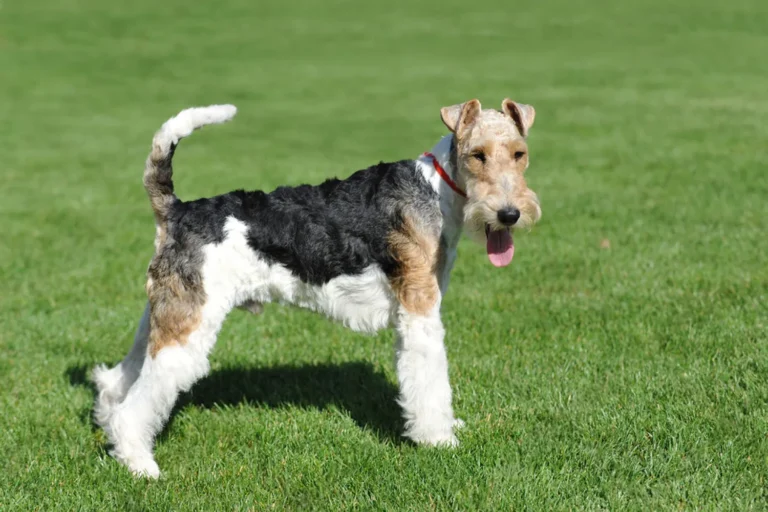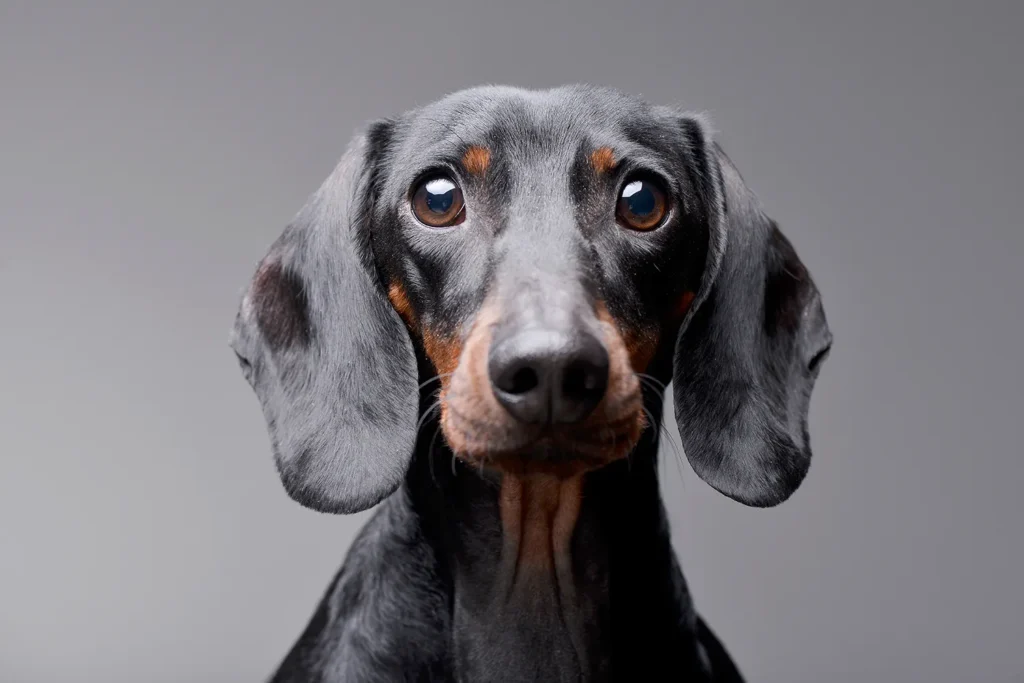
Affectionately known as a doxie, sausage dog, and even a wiener dog, Dachshunds are instantly recognizable with their iconic short legs and long bodies. I still smile every time I see one trot across a room like a tiny parade float, ears flopping, tail wagging like a metronome. Don’t be fooled by their comical proportions there’s a bold, clever spirit packed into that little frame. My neighbor’s doxie once “announced” a squirrel invasion with the confidence of a lion, then climbed into my lap five minutes later for a snooze. That’s the charm: part watchdog, part cuddle bug, entirely lovable.
If you’re considering bringing a Dachshund into your family, you’re in the right place. Be ready for daily strolls and plenty of sniffing those noses were made for adventure and set up cozy blankets because they adore burrowing. I like to use puzzle toys and hide treats under a towel to keep their curious minds busy. Training works best with patience and high value treats; they’re smart and a tad stubborn, but with a sense of humor and consistency, you’ll make great progress. One tip I swear by: use ramps or help them on and off furniture to protect their long backs, and go easy with stairs. Give them your time, a comfy nest, and a bit of structure, and a Dachshund will turn your house into a very happy home.
History and origin of the Dachshund
I still remember a German neighbor gently correcting me at the park: “It’s DAKS hund, not dash hound.” Once you get the name right, the rest of the story clicks into place. Dachshunds were shaped by a very specific job in medieval Europe going underground after burrowing animals. In Germany, they were fearless badger hunters, bred to follow scent into dark tunnels, bark loudly so the hunter could track them, and then flush the badger out. That long, low body wasn’t for looks; it let them slip into tight spaces, while their strong front legs and broad paws worked like little shovels. Even their sturdy tails had a purpose something to grab if a handler needed to help pull them back out. And their name says it all: Dachs means badger, hund means dog.
Early Dachshunds were no delicate lapdogs. The originals averaged around 13 kg, much larger than many of the “sausage dogs” we see trotting around today. Over time, hunters began breeding smaller Dachshunds for rabbits and other small game, and eventually we got the familiar sizes: the bigger, bolder standards and the pocket rocket minis. The breed also developed three coat types for different terrain and weather smooth, longhaired, and wirehaired each with its own personality and grooming quirks. I once met a wiry little fellow on a muddy trail who could sniff out a rabbit path like a truffle pig; by the time we got back to the car, only his eyebrows were still tidy.
By the mid-19th century, Dachshunds had charmed their way into Britain. It’s said Prince Albert brought one from Germany as a gift for Queen Victoria, and she fell hard for the breed no surprise there. From there, they hopped across the Atlantic: in 1884, the American Kennel Club registered the first Dachshunds as German Badger Hounds, and the Dachshund Club was formed in 1895, cementing their place in American hearts and show rings.
Even if your Dachsie spends more time burrowing under blankets than into badger dens, that heritage lives on. Expect a nose that never clocks out, a bark bigger than their body, and a talent for digging gardens included. My advice: channel that drive with scent games, a designated digging box, and a snug, escape proof yard. And on walks, keep a good grip when squirrels make their cameo; I learned that lesson the day my friend’s mini vanished shoulder deep into a bramble patch without so much as a backward glance. That’s a Dachshund for you history on four very determined legs.
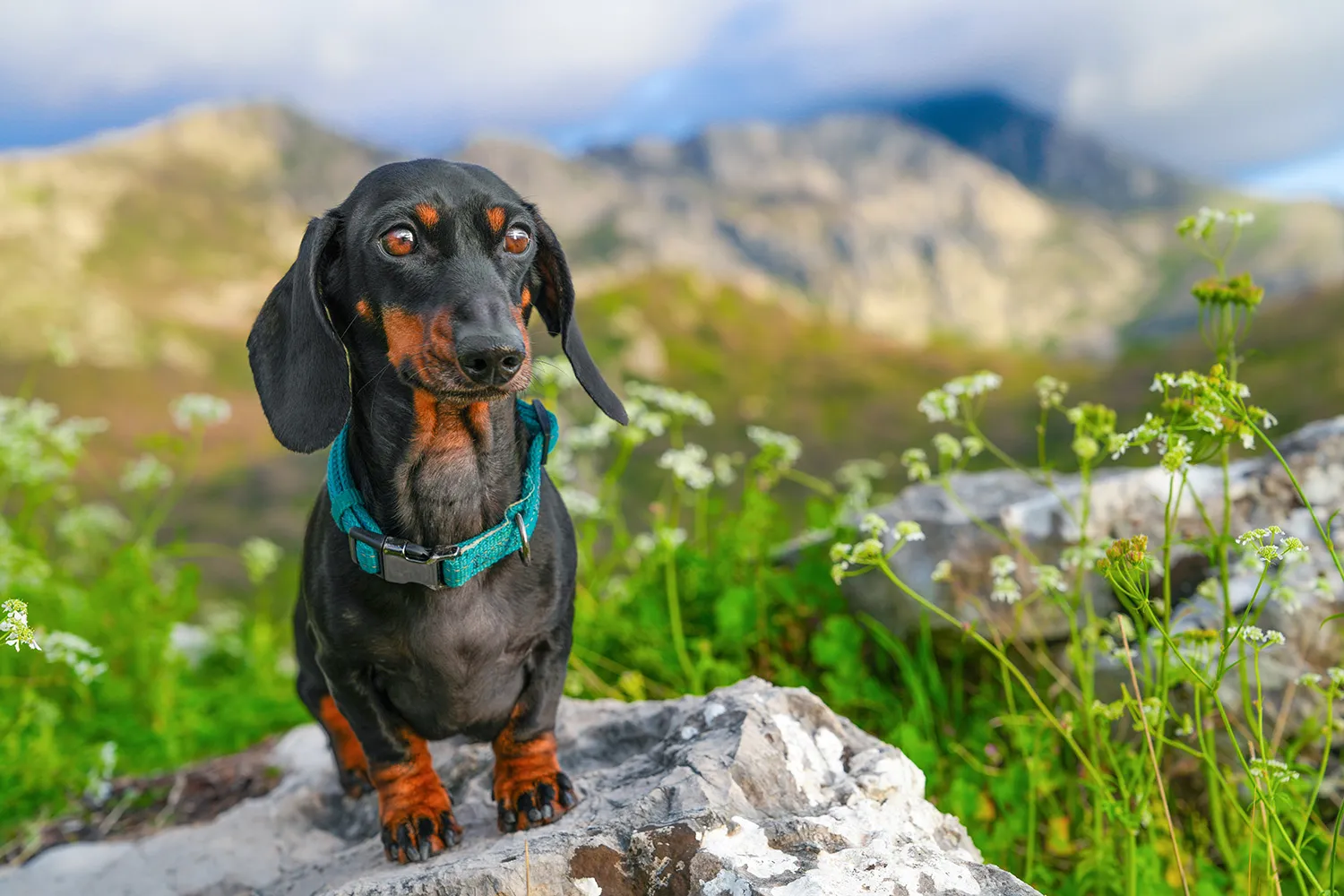
What Is the Dachshund Breed?
Meet the famously long and low “badger dog” from Germany small in size, big in personality. Dachshunds come in three sizes: the tiny Kaninchen (often seen in Europe), plus Standards and Miniatures. In the U.S., the AKC recognizes only Standards and Minis, but no matter the size, they all share that iconic hot dog silhouette and a brave, curious nature that makes life a lot more interesting. I always joke that a Dachshund walks into a room like it owns the place because it kind of does.
You’ll also find three coat types: smooth, longhaired, and wirehaired. Smooth coats are short to medium and lie straight, great if you love a low maintenance look but don’t be fooled, they still shed. I keep a lint roller by the door for quick tidy ups before heading out. Longhaired Dachshunds wear their fur a bit longer with a soft, usually slightly wavy finish. They’re gorgeous, like tiny show ponies, and appreciate regular brushing to keep tangles at bay especially behind the ears and around the feathering. Wirehaired Dachshunds sport a rough, protective overcoat with a softer undercoat. They’re the scrappy adventurers of the bunch; a quick comb out after a walk keeps debris from hitching a ride, and occasional hand stripping or a tidy trim helps maintain that distinctive texture.
Whichever coat or size you fall for, expect heart, humor, and a surprising dose of courage in a compact package. One time mine tried to “help” dig up a gopher hole turns out the name badger dog still runs deep!
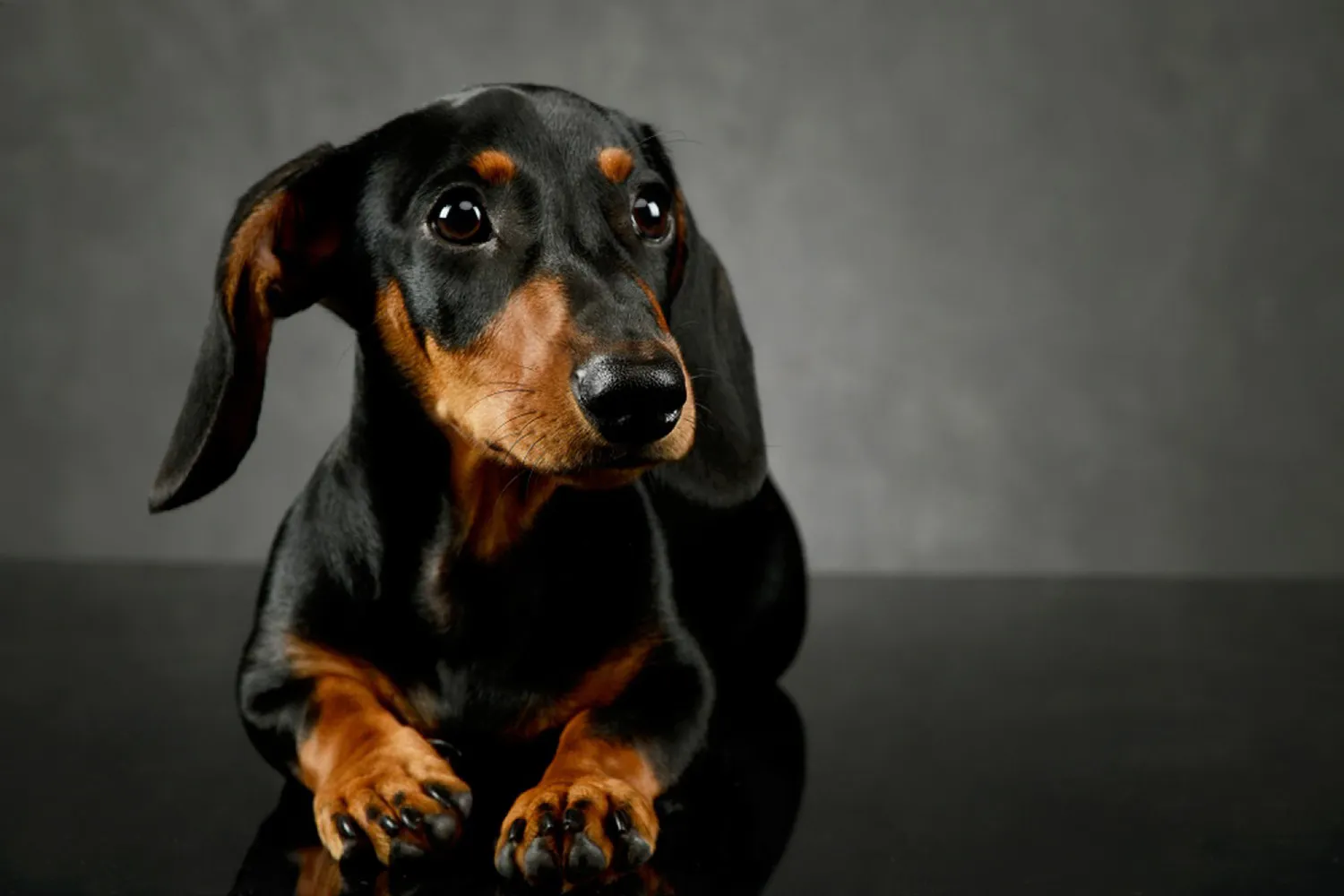
Who Is a Dachshund Best For?
Stubborn, cuddly, playful, and a little bit feisty that’s the Dachshund in a nutshell. They’re clever little characters who keep you laughing, and when you set clear boundaries and train consistently, they grow into fantastic companions and devoted family dogs. Skip the structure, though, and that same cleverness can turn into selective hearing and mischief. My first Dachsie foster, a tiny chocolate girl named Bean, would stare me down like we were negotiating a peace treaty every time I asked her to sit. With patience and treats, we both won.
Dachshunds thrive with people who enjoy training and have time to include a dog in their daily routine. They bond closely think velcro with paws so they’re best for folks who are home most of the day: remote workers, retirees, or families with predictable schedules. They don’t want to be parked on the sidelines; they want to be in the middle of whatever you’re doing, from Zoom calls to Saturday morning coffee runs.
Under those short legs lives a hunter’s heart. Give a Dachshund chances to sniff, search, and chase (safely), and you’ll have a happy dog. Nose games are gold: scatter kibble in the grass, hide treats in cardboard boxes, or set up a simple treasure trail down the hallway. I once watched my friend’s Dachsie, Noodle, solve a puzzle toy faster than her Border Collie she practically winked at us when she popped the last compartment open. Short, lively walks with lots of sniffing beat marathon jogs, and a flirt pole or a dig box (a kiddie pool filled with towels and toys) can satisfy that urge to “find” and “pounce.”
Because they attach so deeply, Dachshunds can struggle with alone time. Left too long or too suddenly, they may audition for the role of “home re decorator” with your sofa arms. Start separation training slowly: step out for a minute, come back, and build up gradually. Leave a frozen stuffed Kong or a safe chew, play a little background noise, and keep departures low key. If you’ll be gone longer, a dog walker, trusted neighbor, or a mellow daycare day can make a world of difference. I learned the hard way my loveseat still wears a tiny tooth mark signature so now I set up a sniffy scavenger hunt before I go.
A kennel or crate can be a Dachshund’s cozy den and a real couch saver when used kindly. Make it a positive place with treats and soft bedding, and never use it as punishment. Always remove your dog’s collar in the crate so it can’t catch on the bars. Choose a size that lets them stand, turn around, and stretch out, and limit crate time to reasonable stints with potty and play breaks in between. I toss in a special “crate only” chew and use a cheerful cue “house!” so it feels like a reward, not a timeout.
Families with gentle kids often do beautifully with Dachshunds, but supervise, teach little hands to support their chest and back, and remind everyone that these dogs shouldn’t jump off furniture. They can be vocal watchdogs great for alerting, less great for thin walls so apartment dwellers should invest early in quiet games, impulse control, and calm door greetings.
If you want a small dog with a big personality, you enjoy training in short, fun bursts, and you’re home enough to be their person, a Dachshund might be your perfect match. Put their busy nose and bright brain to work, give them your lap and your time, and you’ll have a loyal little shadow who makes even ordinary days more entertaining.
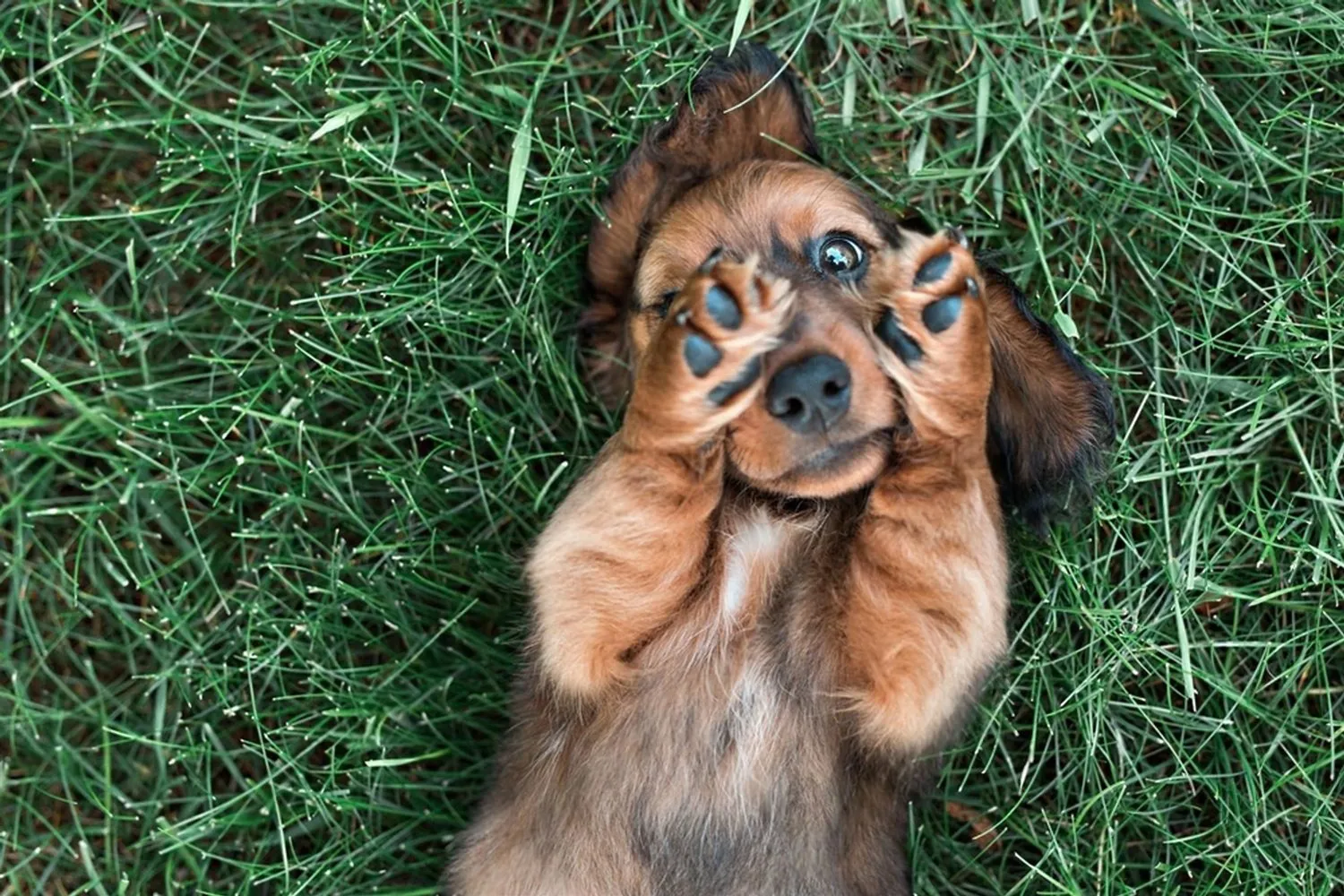
Dachshund Grooming & Shedding
If you like a tidy house but don’t want to spend every weekend at the groomer, a Dachshund is a nice fit. They’re not heavy shedders, and most are wonderfully low maintenance. My smooth coated girl leaves the occasional “glitter” on the couch, but a quick once over with a rubber grooming mitt a couple of times a month keeps things under control. Baths are only as needed usually after an enthusiastic roll in something mysterious at the park. When you do bathe, stick with a gentle dog shampoo and rinse really well; their skin can be a bit sensitive. I keep a towel by the door and a lint roller in the car learned that trick after a muddy spring hike.
Wire haired and long haired Dachshunds need a bit more attention, but still nothing too daunting. Weekly brushing is the sweet spot. For wire coats, a slicker brush and a gentle comb through the beard and eyebrows prevent tangles and keep that scruffy chic look. A friend with a wiry fellow named Otto schedules a professional hand stripping every few months to maintain the coat’s texture; if you’re not showing your dog, a tidy trim by a groomer is fine too.
Long haired Dachshunds appreciate regular baths and a careful blow dry to keep their feathering soft and mat free. I use a dryer on low and work in sections behind the ears, armpits, and the long tail fringes are prime tangle zones. A spritz of lightweight detangler and a wide tooth comb are lifesavers. Expect a bit more seasonal shedding in spring and fall; brushing an extra day or two that week keeps the tumbleweeds at bay.
Quick extras while you’re there: check ears after baths, keep nails trimmed, and do a fast tooth brush a few times a week. Little five minute routines add up, and your Daxie will look and smell like a million bucks without much fuss.
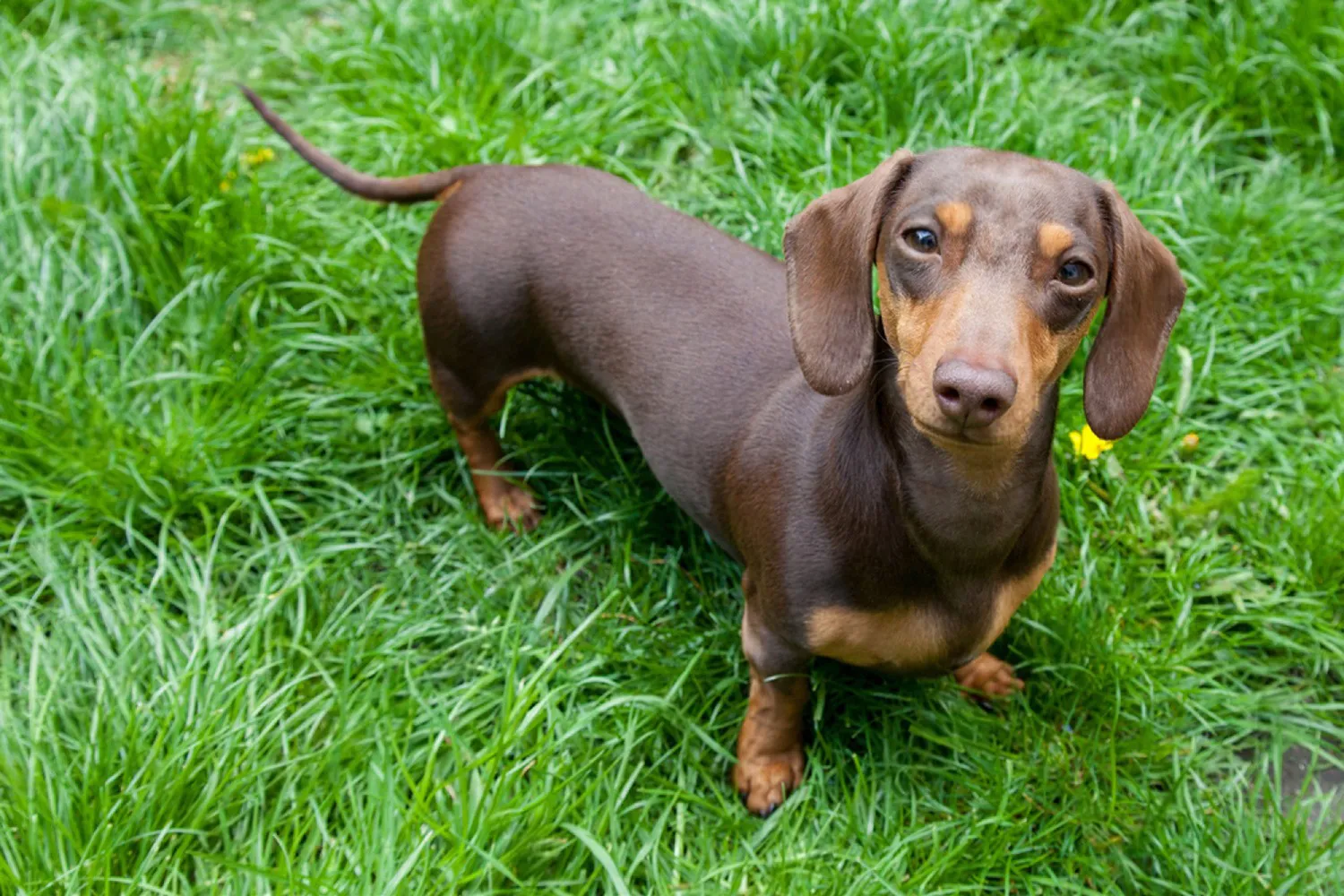
Do Dachshunds Bark a Lot?
They may be little, but that voice is anything but. The first time I heard my friend’s Dachshund sound off, I was sure there was a German Shepherd around the corner. These small but mighty dogs carry a deep, carry through the walls bark that doesn’t exactly match their tiny legs. They’re quick to announce anything suspicious: doorbells, mail slots, squirrels with bad intentions, even the neighbor’s car door. If you’ve got thin walls or sensitive neighbors, it’s worth planning ahead.
Dachshunds are vigilant watchdogs by nature, and that’s a big reason barking can be frequent. They were bred to alert and be brave, and they take that job seriously. What helps most is giving that busy brain something to do. I’ve had good luck with sniffy walks, puzzle feeders, and a few short training sessions sprinkled through the day. Teaching a “quiet” cue is gold start by rewarding even one or two seconds of silence after a bark, then slowly stretch the time. Managing the environment helps too: close the curtains when the delivery truck is doing its rounds, use a fan or soft music for background noise, and avoid yelling over the bark (it just sounds like you’re joining the chorus).
If you’ve got a baby or you’re aiming for a calm home, routine is your best friend. I’d do a little play or a walk before nap time, then offer a stuffed chew or lick mat during those quiet hours. Practice a “settle on your mat” with treats so your Dachsie learns that calm pays well. You can even play doorbell sounds at a low volume and reward when they stay relaxed, then slowly turn it up over time. And don’t be shy about chatting with neighbors letting them know you’re working on it can go a long way. Some barking will still happen it’s part of their charm but with consistency and a sense of humor, you can turn your tiny town crier into a polite little announcer.
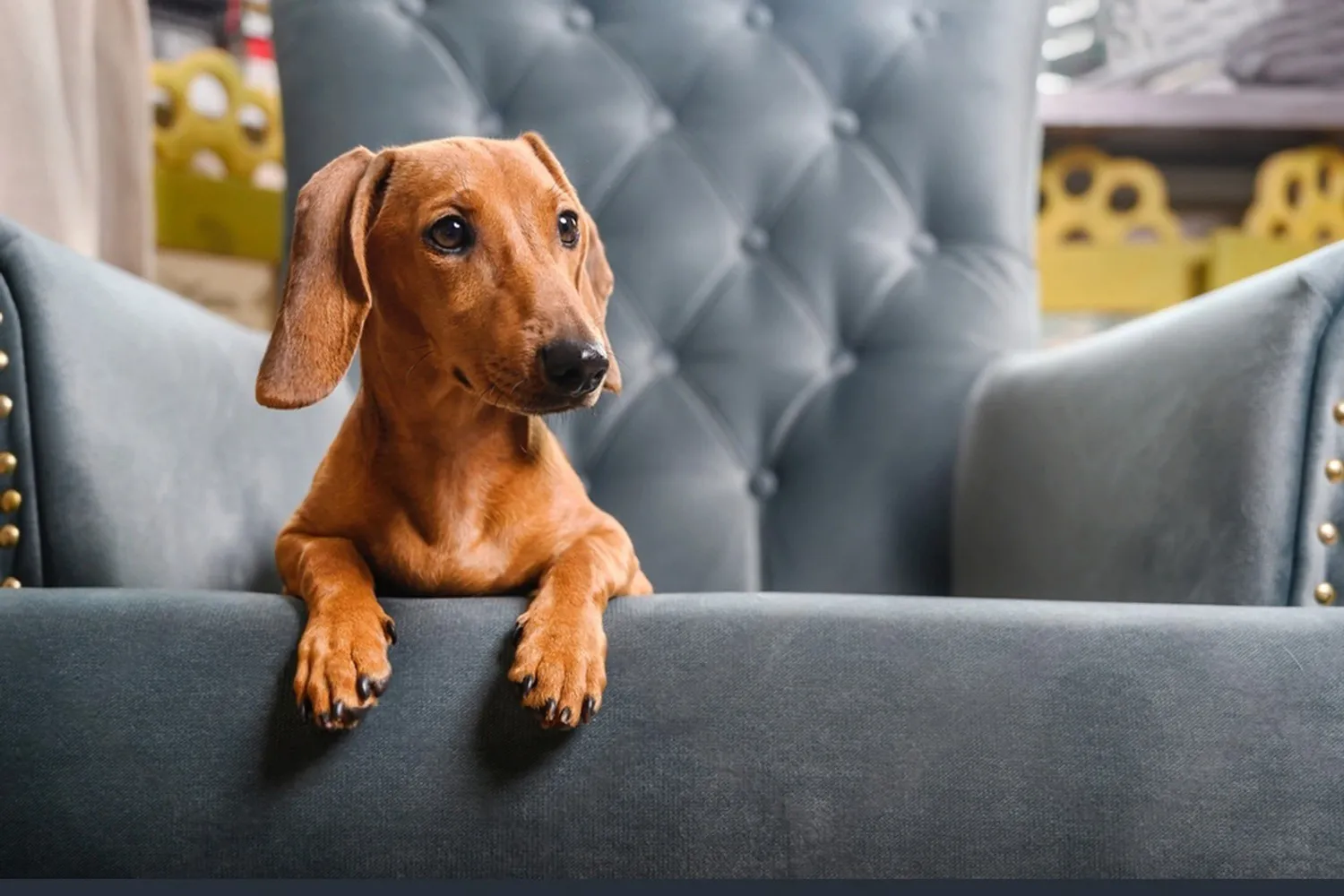
What is the average weight and height of a Dachshund?
Once they’re fully grown, Standard Dachshunds usually weigh between 7-14.5 kg (about 15-32 lbs). Miniature Dachshunds are much lighter, topping out at 5 kg (around 11 lbs). There isn’t an official height standard for the breed, but most of these little hotdogs stand up to about 23 cm tall at the shoulder (roughly 9 inches). If you’re measuring at home, stand your dog on a flat surface and measure from the floor to the highest point of the shoulder blades treat bribes strongly encouraged.
You might also hear the term “Tweenie.” That’s the nickname for Dachshunds who fall between 5-7.3 kg (about 11-16 lbs). It isn’t an official category, but it’s a handy way to describe those in between pups, and they won’t be penalized in the show ring for it. My neighbor’s little sausage dog is a classic Tweenie solid, athletic, and absolutely convinced he’s a lap dog. He doesn’t fit neatly into “mini” or “standard,” and that’s perfectly fine. – https://en.wikipedia.org/wiki/Dachshund
A quick tip from experience: Dachshunds wear their weight differently because of their long bodies, so it’s easy to miss a creeping gain under all that charm. Aim for a visible waist when viewed from above and ribs you can feel without digging. I like to hop on the bathroom scale holding my dog, then subtract my weight fast and accurate. Keeping them lean is kinder to their backs, too. And if your mini starts edging past 5 kg, or your standard is climbing into the teens, check in with your vet about a feeding plan and activity tweaks. A couple of smaller meals, a few extra sniffy walks, and cutting back on those “just because” treats can make a big difference.
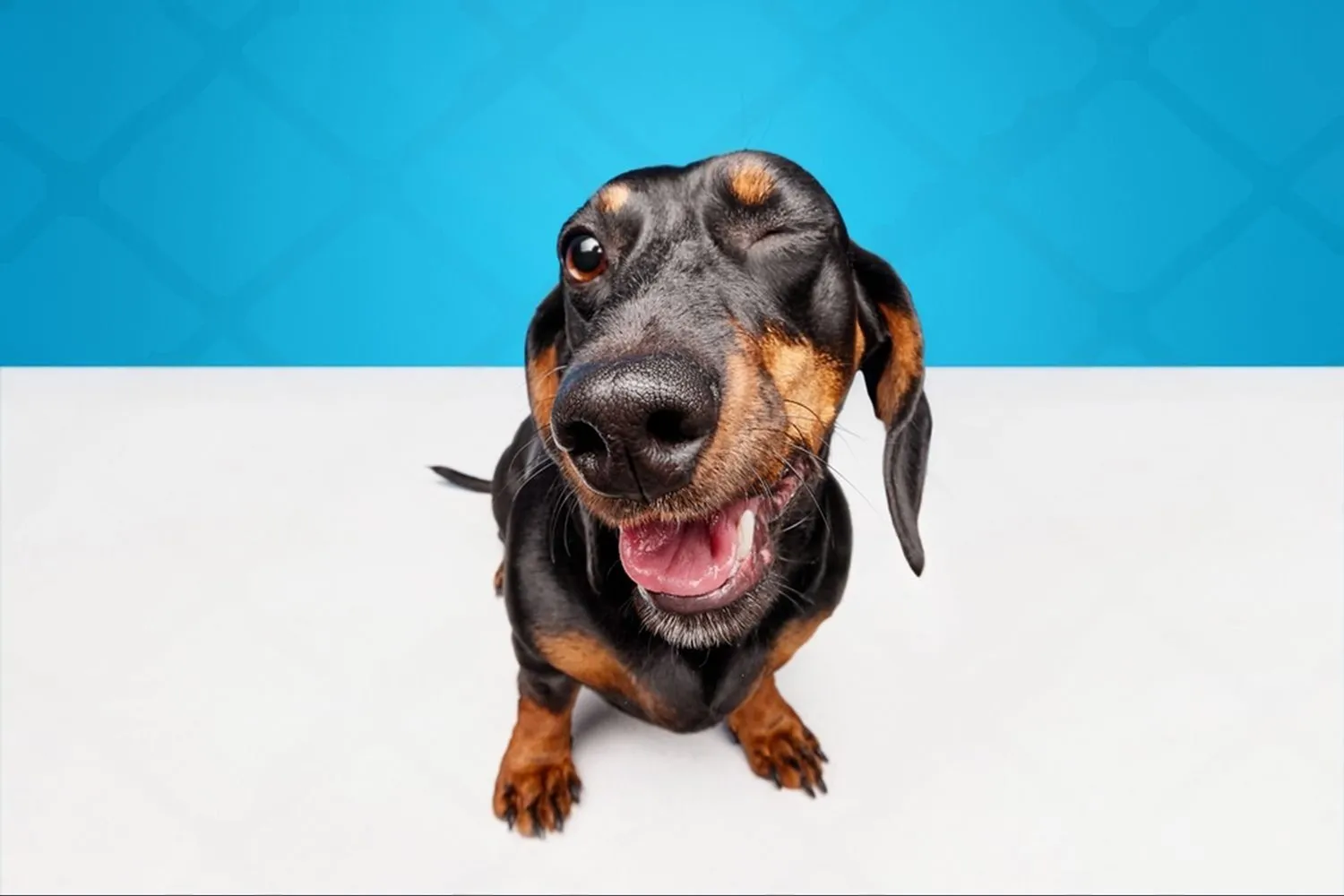
Are Dachshunds Easy to Train?
Short answer: they’re brilliant little comedians with a stubborn streak a mile long. I adore Dachshunds, but I’ll be honest training one can feel like negotiating with a tiny, determined salesperson who knows exactly what they want. Mine used to give me a look that said, “I hear you, but have you considered I have better plans?” And yet, with the right approach, they surprise you with how quickly they learn.
Because Dachshunds thrive on affection and praise, they do best with reward based, positive reinforcement training. Think tiny, tasty treats, a cheerful voice, and a happy dance when they get it right. I’ve found short sessions work wonders three to five minutes, a few times a day especially at the beginning. Keep things fun and fast, then quit while they’re still engaged. Consistency matters, too. Pick simple cues, keep your tone upbeat, and practice in a quiet spot before attempting the backyard circus.
Now, about that nose. Dachshunds are scent hounds with a strong prey drive, so their attention can vanish the second a squirrel sneezes three houses away. I learned to use their superpower instead of fighting it. I’ll reward a good sit or recall with a “go sniff!” break, which feels like a jackpot to them. Start recall on a long line in a calm area, add distractions gradually, and resist the urge to call them when you know you’ll lose set them up to win. Hand targeting and name recognition are great foundation games, and a clicker can sharpen their focus beautifully.
Are they great for first time owners? Maybe if you’re patient, consistent, and ready to out stubborn a Dachshund kindly. Puppy classes or a positive reinforcement trainer can make a huge difference. Mix in puzzle toys, scent games, and calm mat training to give their busy brain a job. And a quick practical tip from my own routine: use a harness and teach “wait” and “off” early to protect their long backs and keep those enthusiastic leaps in check.
With love, clear boundaries, and rewards they truly value, a Dachshund will meet you halfway and then charm you for the other half. They might test you, but when that little sausage dog trots over on cue with bright eyes and a wag, it’s worth every minute.
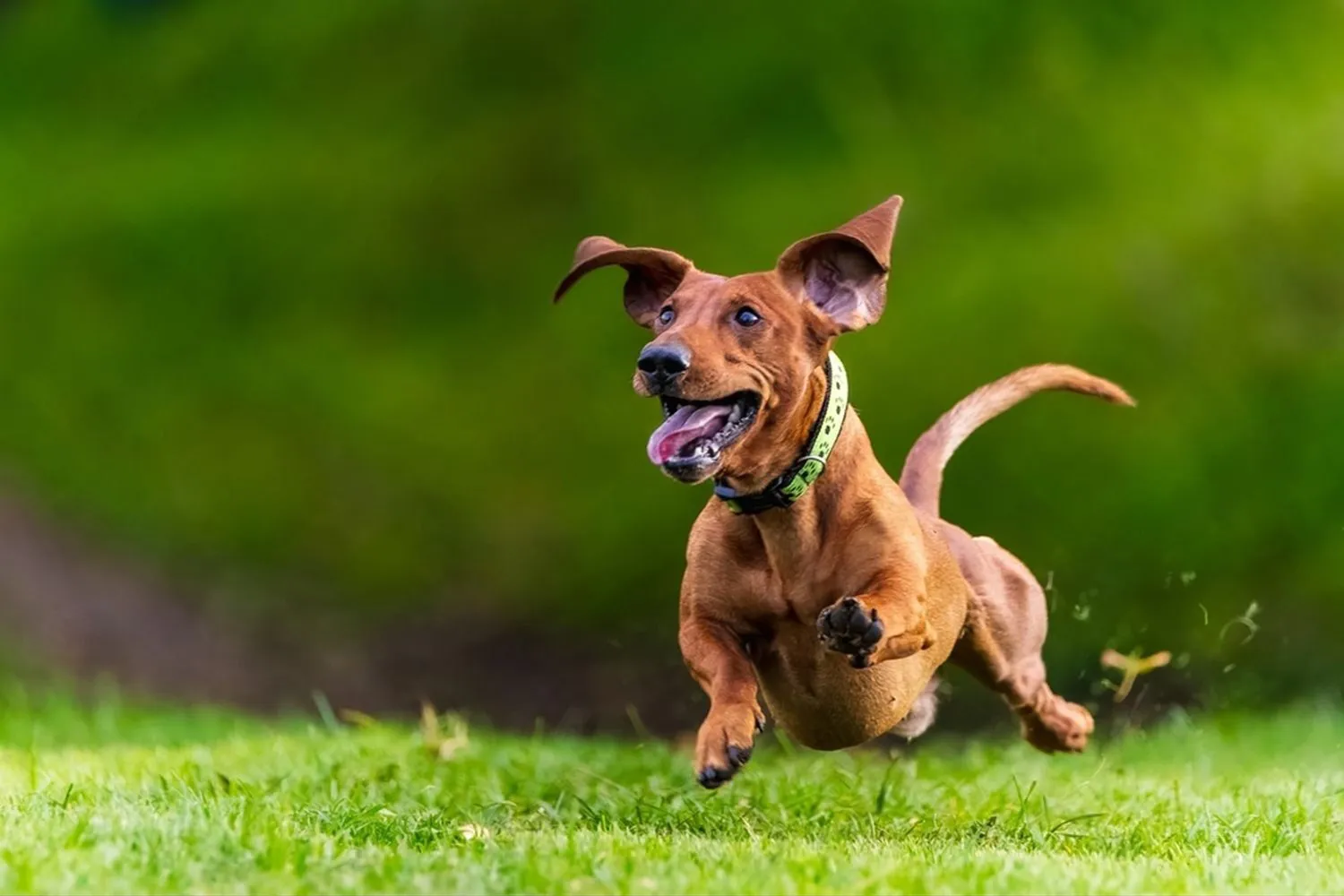
How Do Dachshunds Behave? A Look at Their Temperament and Personality
Dachshunds are famously people oriented once they bond with you, they’re little shadows who follow you from room to room, often with that proud, bouncy trot. They thrive on affection and routine, and with good training they’re wonderful with older children. I always remind families to teach kids how to respectfully greet and handle a doxie, and to supervise playtime, especially because those little backs don’t love roughhousing.
Under that petite frame lives a playful, curious, and hilariously determined spirit. They’re hounds at heart, so their noses and instincts can take the lead one whiff of something interesting and they’re off like a tiny detective on a big case. A breeder I spoke with in California laughed that her smallest doxie once tried to “escort” a German Shepherd away from the toy box. That bravery is part of their charm, but it also means you need to be watchful around larger dogs who may not appreciate the confidence.
Training a Dachshund is equal parts patience and snacks. They’re smart, but also independent, so short, fun sessions with plenty of treats and praise work best. Mine learned “leave it” quickly when I turned it into a game, and that cue became a lifesaver on walks when squirrels were doing their best runway show. Recall can be a challenge outdoors long lines and fenced areas are your friends.
Expect them to be vocal watchdogs. They’ll announce the doorbell, the neighbor’s cat, and sometimes a leaf that moved suspiciously. Channel that energy with puzzle toys, nose work games, and regular sniffy walks; a mentally satisfied doxie is far less likely to practice “professional barking.” With clear boundaries, gentle consistency, and lots of love, you get a loyal, goofy, and courageous companion who truly believes they’re ten feet tall.
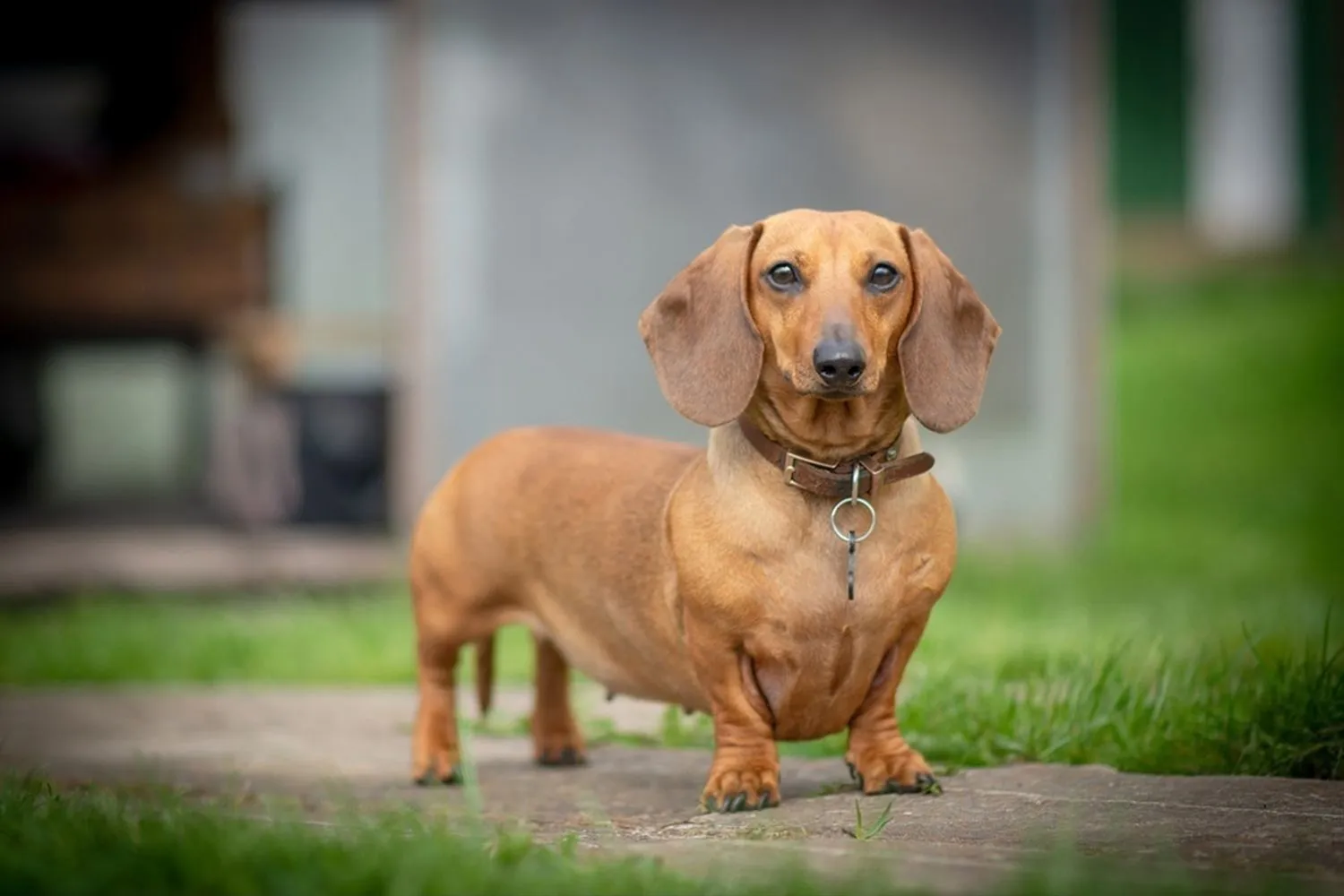
Do Dachshunds Have Common Health Issues?
Like many purebred pups, Dachshunds can be prone to a handful of health problems. It doesn’t mean your little sausage dog will have them, but it’s worth knowing what to watch for so you can catch things early. I always say a little prevention and a good relationship with your vet go a long way.
Here are some of the conditions Dachshunds are more likely to experience, and what they can look like day to day:
– Cushing’s syndrome: Extra cortisol can make a dog drink and pee more, pant a lot, and develop that classic pot bellied look. I once fostered a senior who suddenly needed water bowls in every room turns out, it was Cushing’s. Blood tests and management helped her feel like herself again.
– Epilepsy: Seizures can vary from brief “spacing out” to full body episodes. If it happens, stay calm, keep your dog safe, and time it. Your vet can guide you on meds and monitoring.
– Eye defects: Cataracts and other eye issues can cloud vision. I like to do a simple “treat tracking” test in soft light if they struggle to follow a snack, it’s time for an eye check.
– Thyroid issues: Low thyroid can mean weight gain, thinning coat, and low energy. A quick blood test can confirm it, and medication often makes a big difference.
– Autoimmune problems: These can show up as skin flare ups, odd infections, or just “not quite right.” Keep notes on symptoms and share them with your vet; patterns help.
– Dental disease: Small mouths pack in tartar. Daily brushing (yes, really start slow and make it fun), dental chews, and regular cleanings can save teeth and ward off infections.
– Patellar luxation: A “skipping” step or sudden hop on three legs can mean a loose kneecap. Keep them lean and ask your vet about exercises to strengthen the hind end.
– Ear infections: Those adorable floppy ears trap moisture. I do a quick weekly ear sniff and wipe after baths or rainy walks. If you notice redness, odor, or head shaking, get it checked.
And then there’s the big one for Dachshunds: back problems, especially intervertebral disc disease (IVDD). Their long spine and short legs make them prone to slipped or herniated discs, which can cause pain, yelping, wobbliness, or even sudden weakness. I learned the hard way after my friend’s Doxie launched off the couch like a superhero and needed weeks of rest. Now I’m a ramp evangelist.
Back care tips I swear by:
– Keep them at a healthy, trim weight.
– Use ramps or steps for furniture and cars, and discourage jumping.
– Lift with support under both chest and rear no dangling.
– Add rugs or runners on slippery floors.
– Use a harness instead of a collar for walks.
Regular vet checks are your best tool for prevention and early intervention. I like to schedule yearly wellness bloodwork, and twice yearly exams once they hit middle age. If you notice changes more thirst, new lumps, stiff movement, odd behavior don’t wait. A quick call can save you (and your pup) a lot of worry.
Dachshunds are tough little comedians with giant hearts. With smart care and a bit of planning, they can live long, happy, sausage shaped lives.
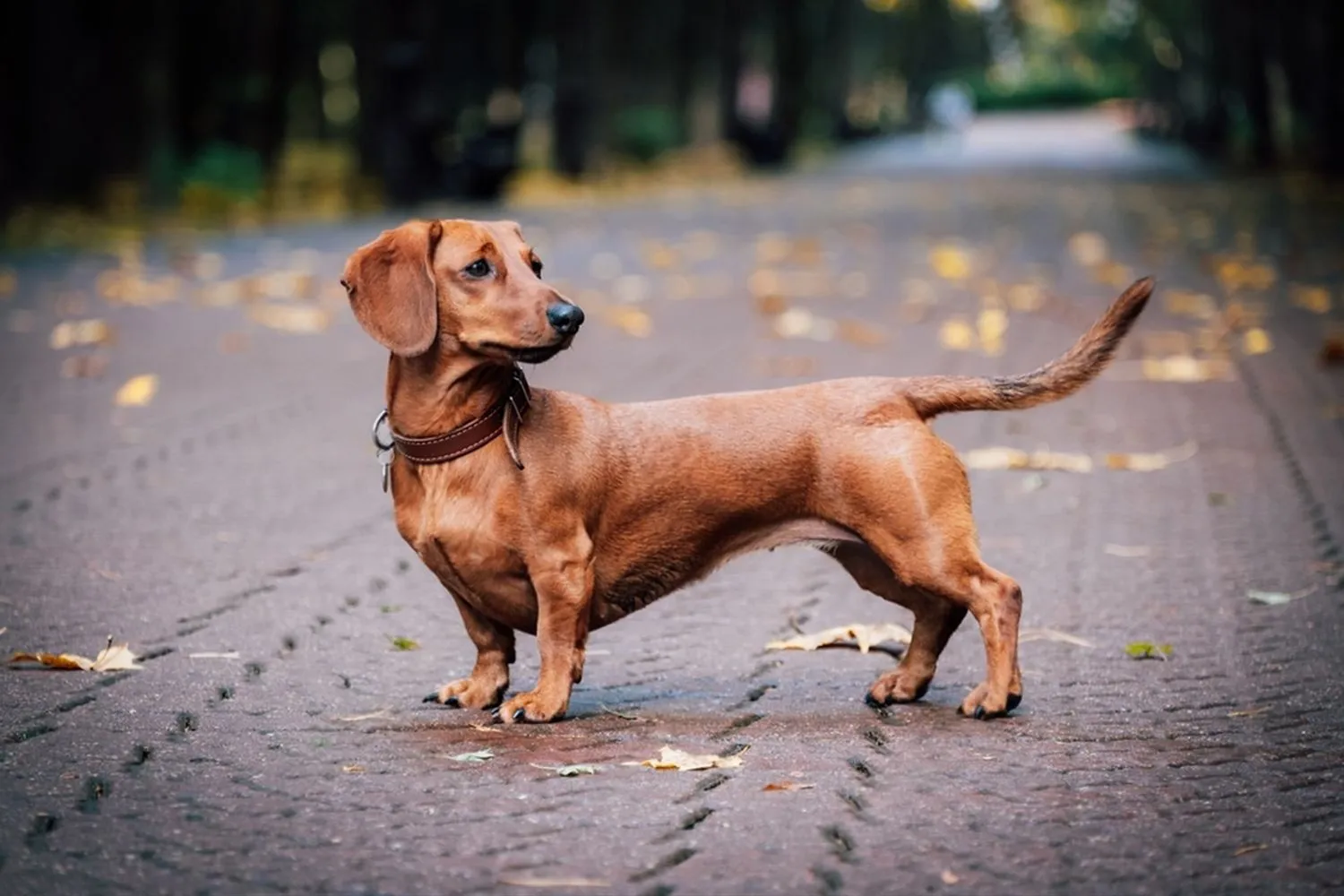
How Long Do Dachshunds Live?
Most Dachshunds will keep you company for a good long while. On average, they live about 12-15 years, and plenty make it past that when they’re kept fit and cared for. I always joke that Dachshunds are tiny dogs with big plans, because they seem to march through their teens with a surprising amount of spunk. One of the most famous doxies, Chanel from New York, reached an incredible 21 years old and even landed a spot in the Guinness Book of Records as the world’s oldest dog at the time.
If you’re hoping for a long, happy life with your sausage shaped sidekick, focus on the basics: keep their weight in check (extra pounds are tough on their long backs), schedule regular vet check ups, brush those teeth, and stick to steady, gentle exercise. My neighbor’s little red Dachshund turned 16 last spring and still insists on a daily sniffari around the block slow and steady wins the race. A cozy bed, a sensible diet, and lots of mental enrichment go a long way. And if you’re lucky, you’ll be blowing out a lot of birthday candles together.
How Much Should a Dachshund Eat?
Thanks to their petite size, Dachshunds don’t need a heaping bowl to stay happy and healthy. As a general starting point, about 1.4 cups of dog food per day works for many doxies. Split that into two meals rather than one big serving breakfast and dinner keep their energy steady and help prevent bloating. I feed my little sausage dog, Noodle, right after our morning walk and again in the early evening, and that routine has kept her tummy calm and her mood cheerful. If your pup tends to inhale food, a slow feeder bowl can make a world of difference.
Quality really matters with this breed, so aim for the best food you can reasonably afford. Choose something age appropriate too puppy formulas are designed for growing bodies, while adult diets support maintenance. Here’s a tip I learned the hard way: the calories in a “cup” vary a lot between brands. One time I switched kibbles without checking the label and Noodle packed on a pound in no time. Now I always peek at calories per cup and use the bag’s feeding guide as a baseline, then fine tune from there.
Keep an eye on body condition more than the measuring cup. You should be able to feel ribs with light pressure and see a little waist from above. Dachshunds’ long backs really appreciate a slim figure, so go easy on treats and count them toward that daily total training treats can be tiny, or use a few pieces of kibble. If you’re unsure what food or amount is right, your vet can help tailor a plan for your dog’s age, weight, and activity level. I like to weigh in monthly and adjust by a tablespoon or two if I notice changes in appetite, stools, or that telltale waistline.

Dachshund FAQs
How smart is the Dachshund dog breed?
Dachshunds are clever little thinkers, even if they don’t always rank at the very top of the “genius” lists. They’re problem solvers with a mischievous streak, which is both hilarious and… challenging. My first doxie figured out how to nudge open the treat cupboard with her nose, then played innocent when I walked in on the crime scene. Training a Dachshund works best when you keep sessions short, upbeat, and full of rewards. They respond beautifully to tasty treats, squeaky praise, and games that tap into their hunting heritage think nosework or hide and seek with kibble. Just remember, they’ve got independent minds. If training ever feels stubborn, it usually means you need to make the reward more exciting or the task a touch easier.
Do cross breed or mixed breed Dachshunds make good pets?
They can be wonderful companions, but it really depends on the other parent breed and the individual pup. If the other breed is calm and laidback, you might end up with a slightly more relaxed family dog. If it’s a high energy or very independent breed, expect a spirited little character with opinions. The biggest factors, though, are how the puppy is raised, socialized, and trained. Meet the parents when possible, ask about temperament, and get a feel for the puppy’s personality confident, cuddly, curious. A friend of mine adopted a Dachshund Cavalier mix who turned out to be the world’s sweetest couch buddy, while another had a Dachshund terrier firecracker who loved agility and kept everyone laughing. Different mixes, both delightful, just suited to different homes.
Do Dachshund puppies get on well with other dogs?
With early, positive socialization, yes! Doxie puppies usually love having a playmate. I enrolled my pup in a gentle puppy class where she met calm adult dogs and other youngsters at her own pace it made a huge difference. Supervise play with big dogs so your little sausage doesn’t get bowled over, and teach both sides to keep it polite. Because of their long backs, keep roughhousing to a minimum and avoid lots of jumping. Short play sessions, toy swaps, and taking breaks when things get rowdy will help everyone stay friends.
Where can I find a Dachshund puppy?
A quick internet search will show a lot of options, but take your time and be selective. Avoid puppy mills or sellers offering “too good to be true” prices or pushing for quick sales. Responsible breeders are transparent, happy to answer questions, and typically have waitlists. They’ll welcome you to meet the puppies (and preferably the mom), explain how they raise and socialize the litter, and send puppies home vaccinated and dewormed. Many will also discuss health considerations common to the breed and share vet records.
Helpful tips from my own puppy hunt:
– Start with national breed clubs and local Dachshund clubs; they maintain breeder directories and often know who has upcoming litters.
– Ask about health testing and what’s been done for the parents and pups.
– Expect questions for you, too good breeders care where their puppies go.
– Be wary of sellers who won’t let you visit, refuse video calls, or want payment through unusual methods.
And don’t forget rescue. Breed specific rescues and shelters often have Dachshunds and Dachshund mixes looking for homes. One of my sweetest dogs was a shy little rescue who blossomed in a month with patience, treats, and a cozy blanket by the window.
No matter where your doxie comes from, the winning formula is the same: kind guidance, early socialization, and plenty of play. Match that with a sense of humor, and you’ll have the most entertaining little hot dog on the block.
Disclaimer:
This article is for informational purposes only and doesn’t replace professional veterinary or training advice. Always consult a certified vet or dog trainer for guidance specific to your pup.
